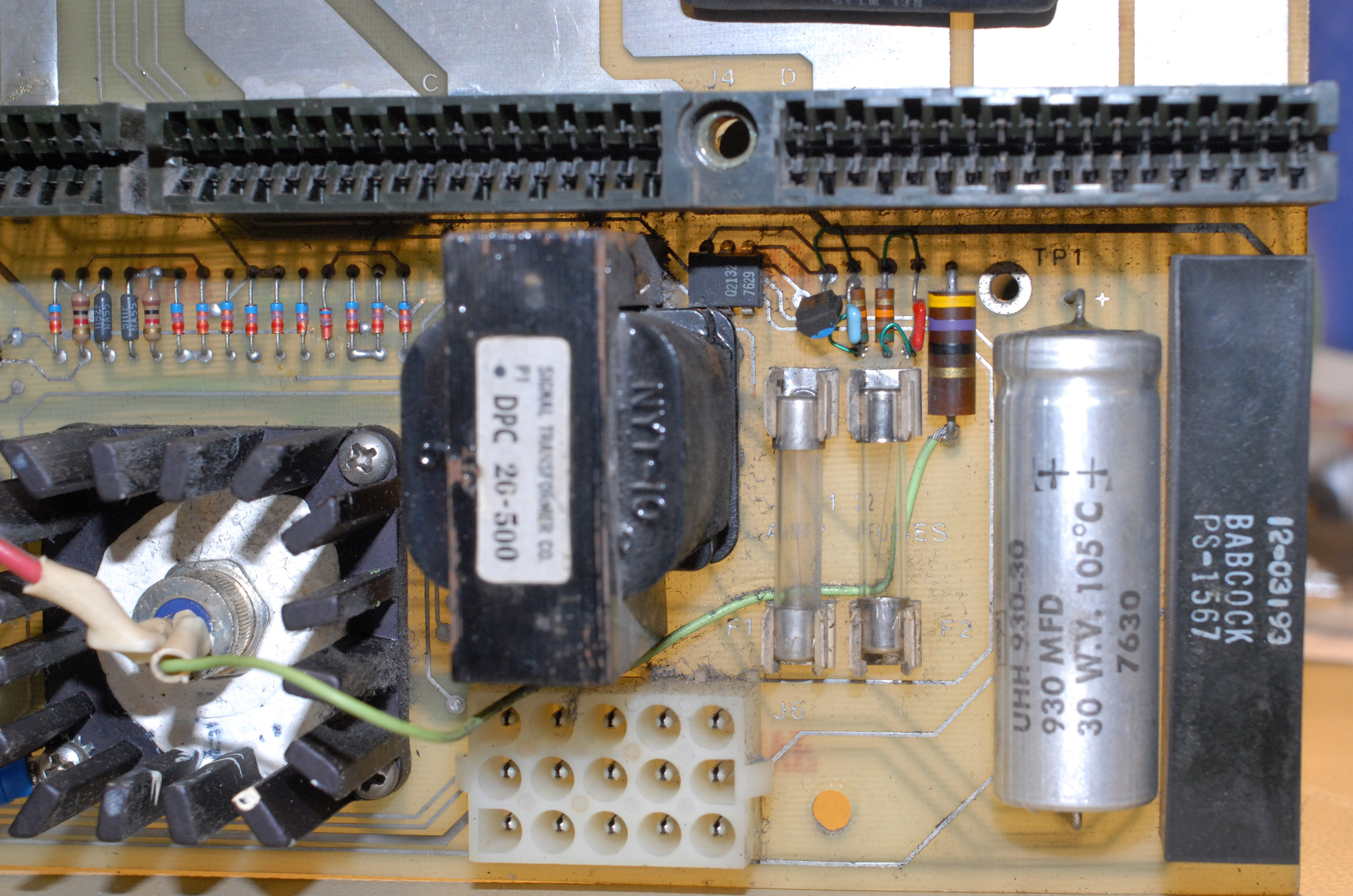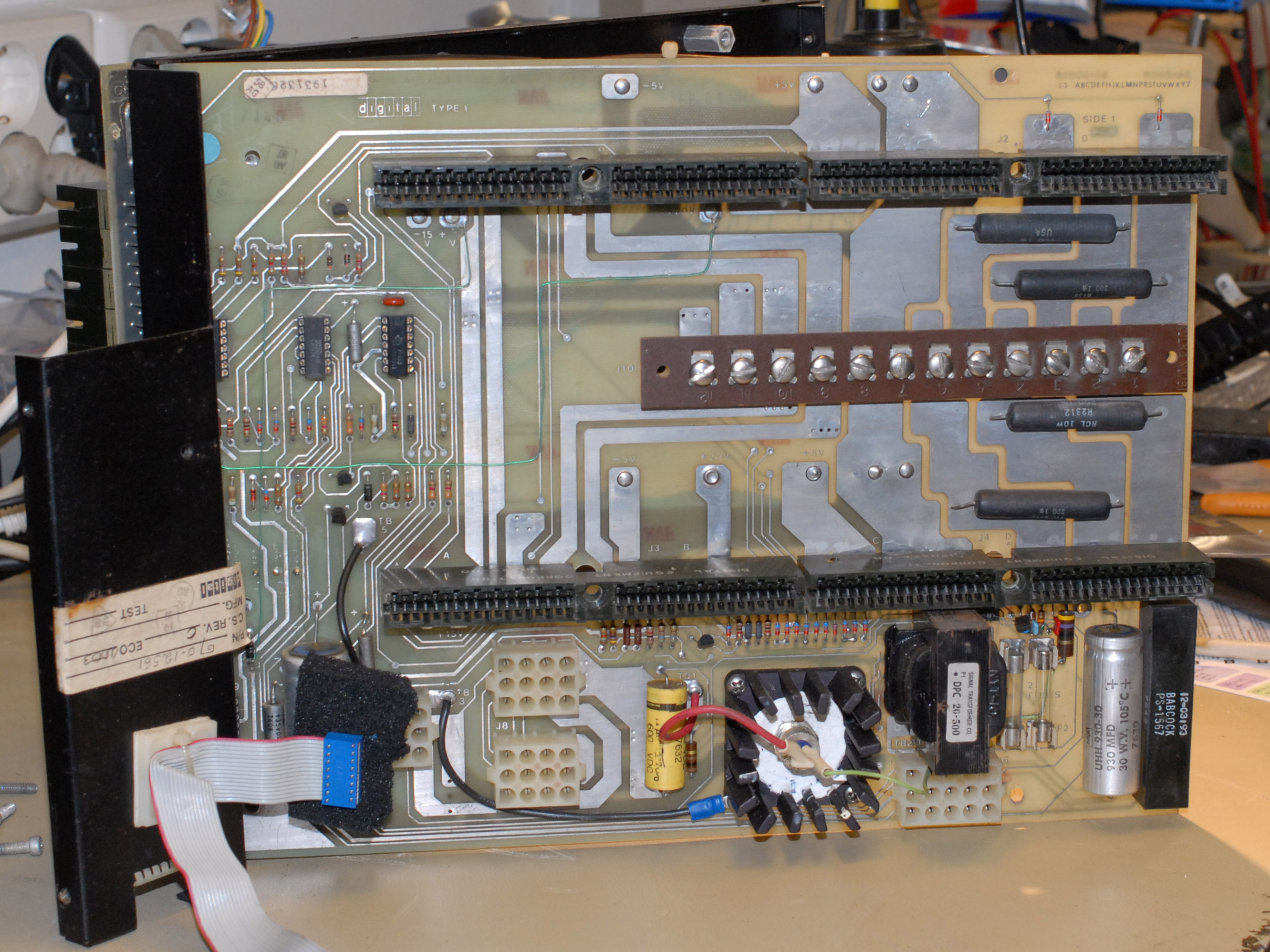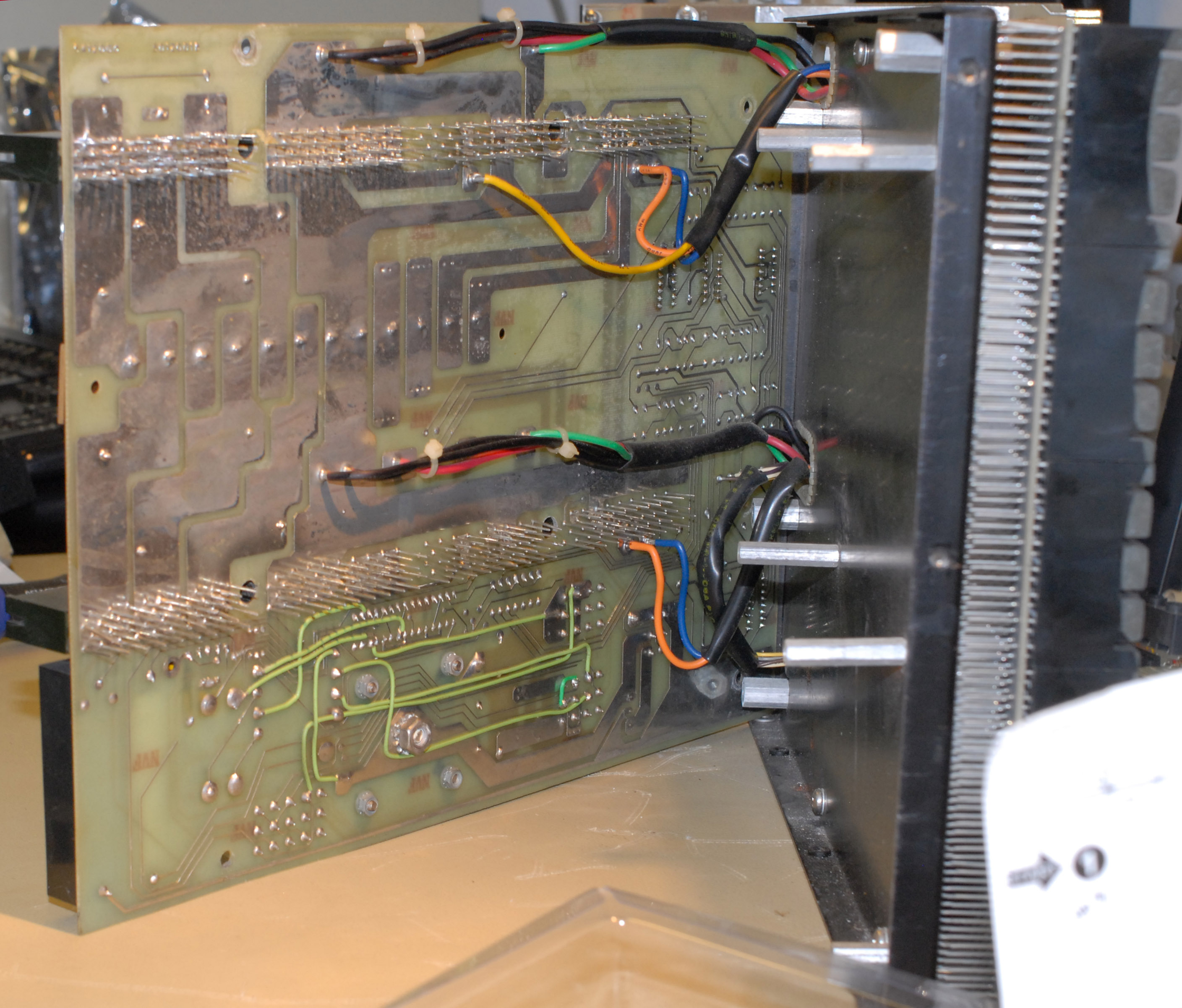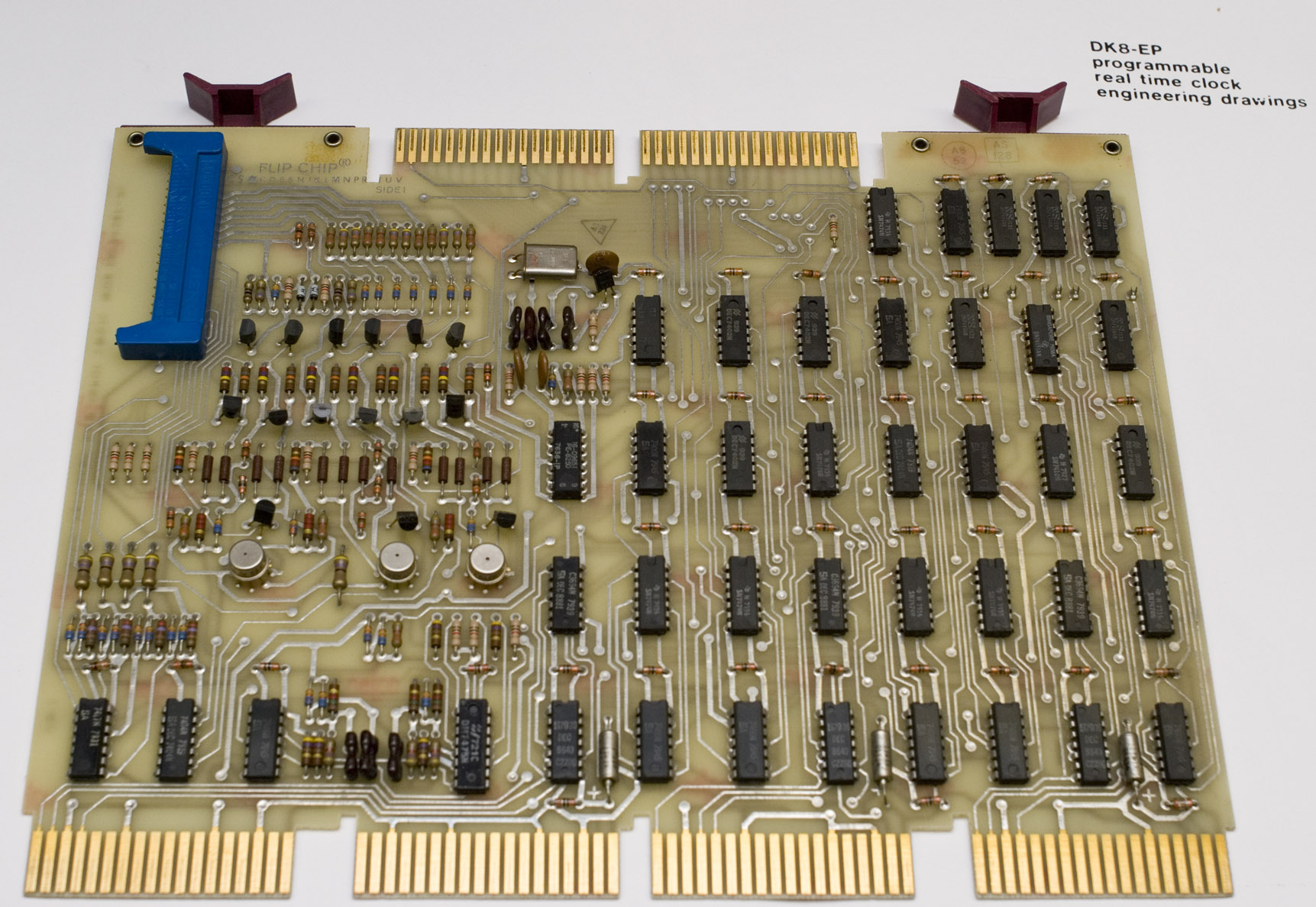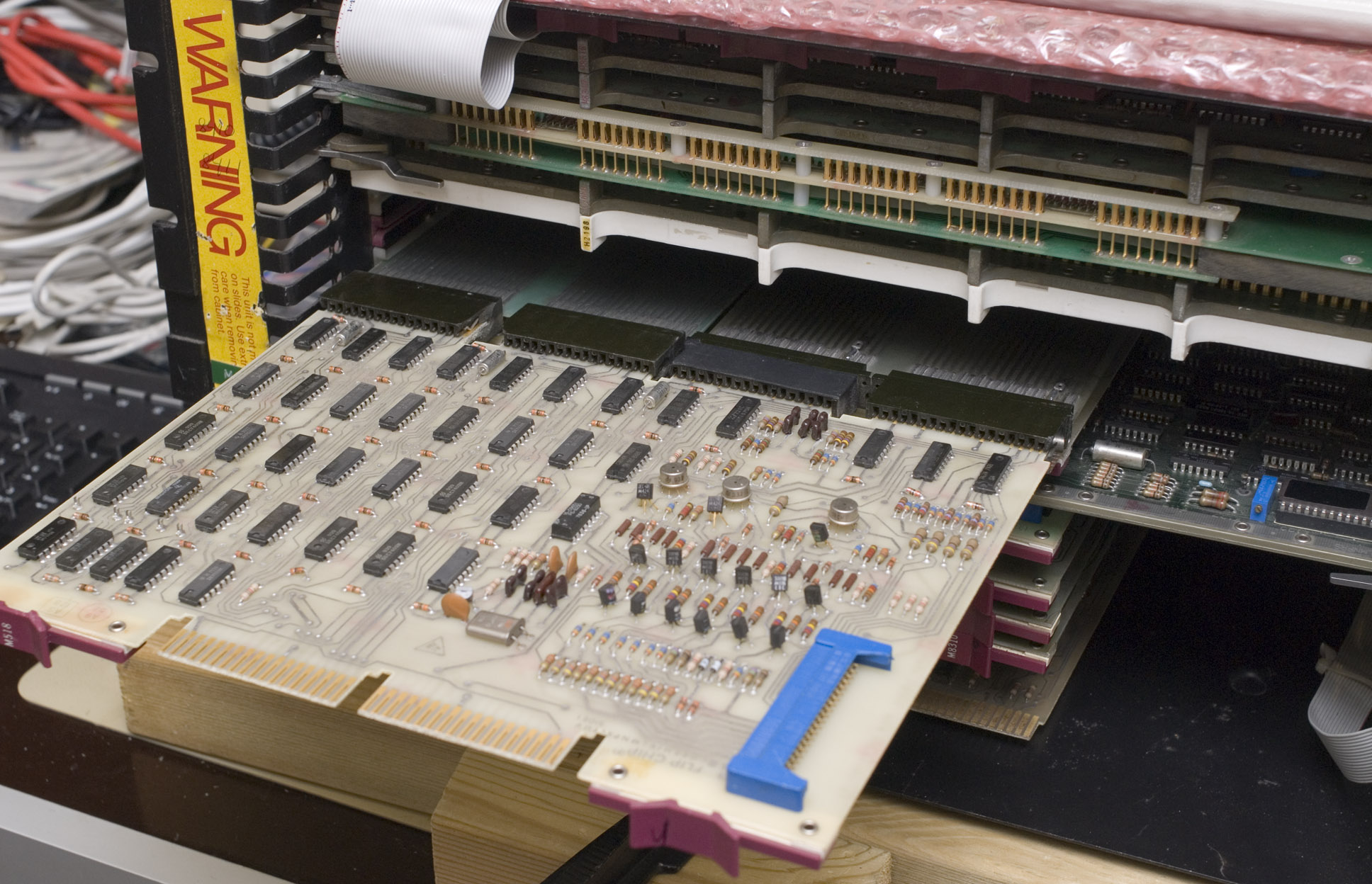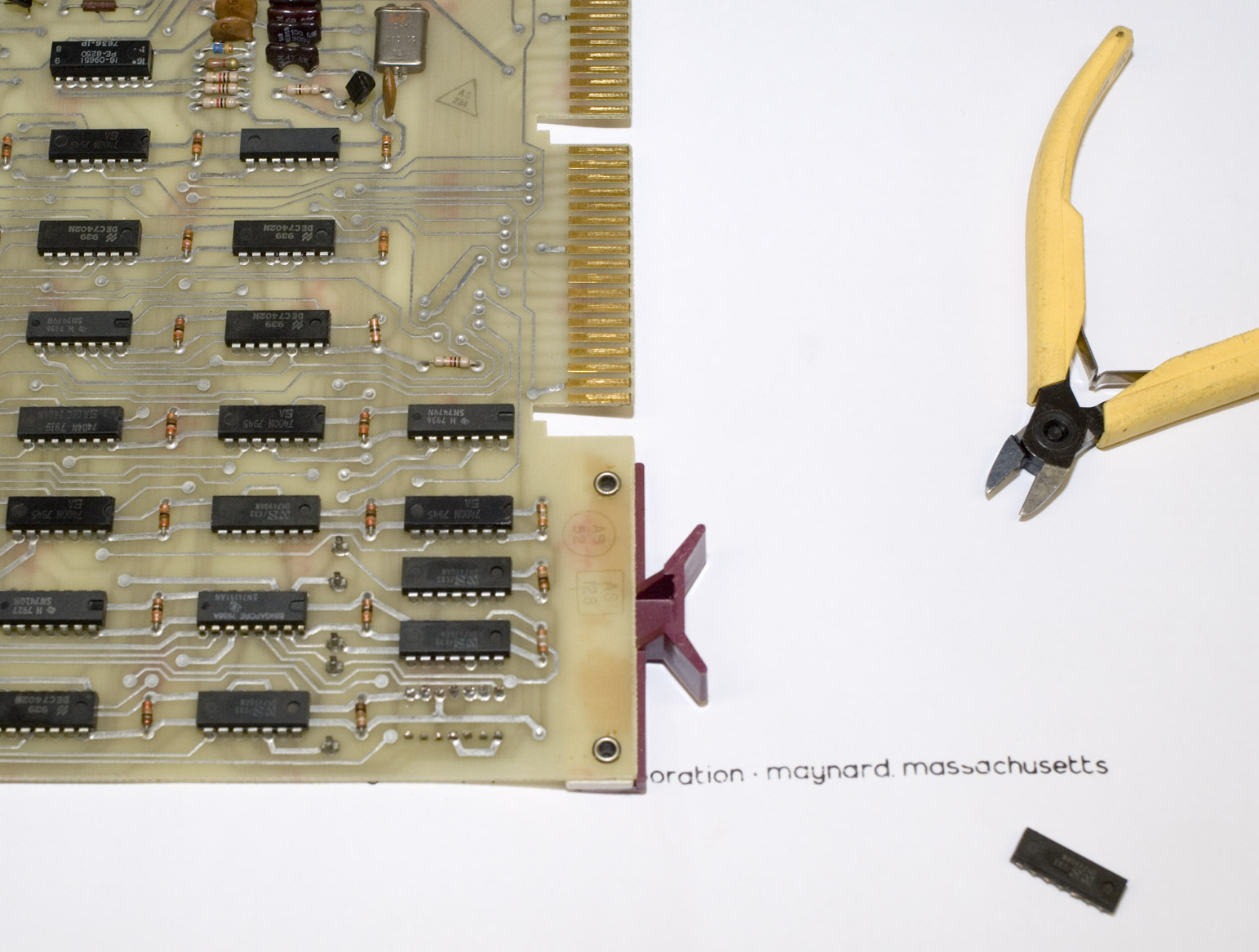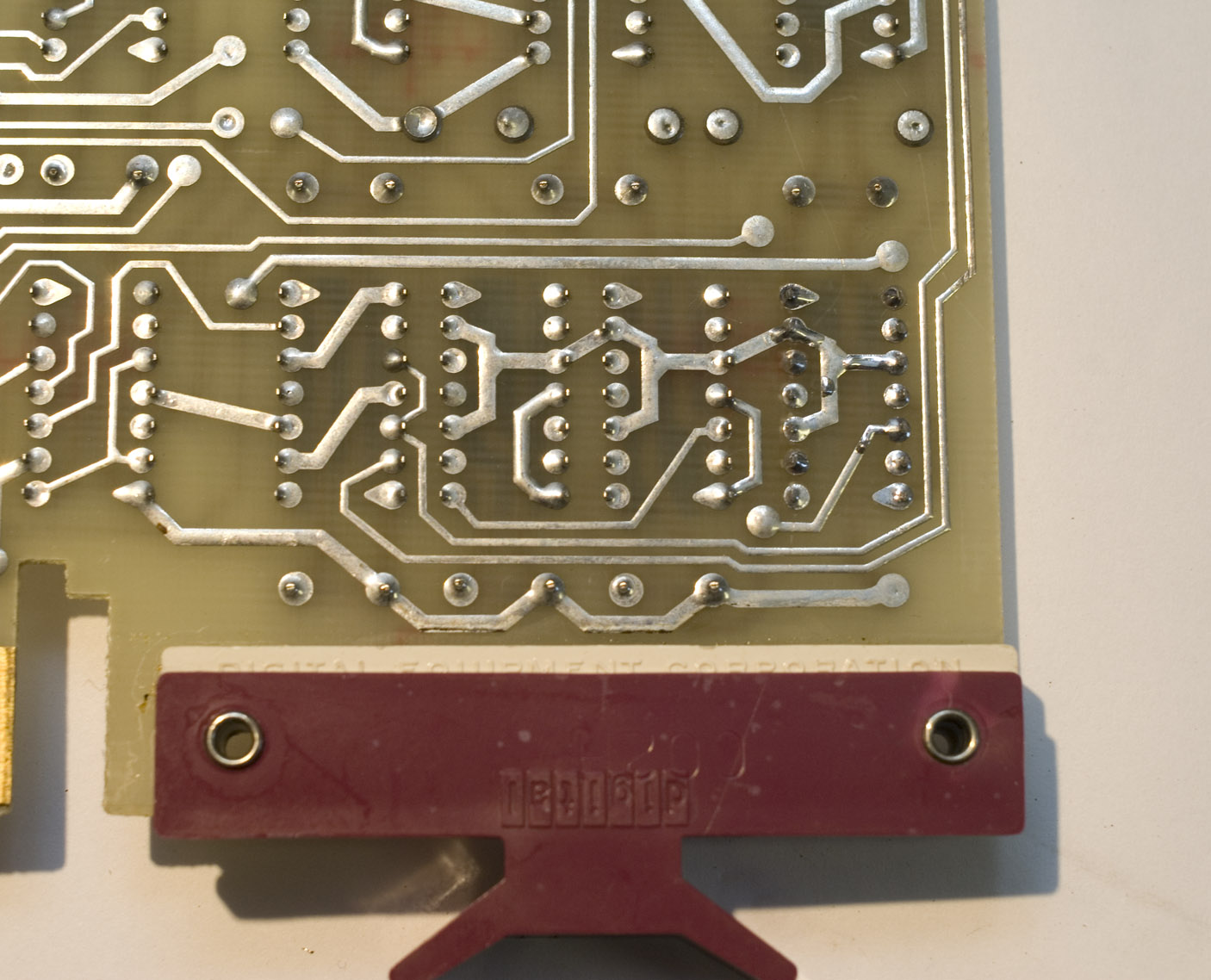anders_bzn
Experienced Member
According to this document:
http://www.pdp8online.com/pdp8cgi/query_docs/view.pl?id=246
the DEC part number was 19-14194, "high ct" (high current?), if that's of any help. There are a pile of opto-isolators made in DIP-8 packages, and I don't know what recommends one over another.
According to the BA11-A_RevE engineering drawings on bitsavers, there was also another opto-isolator, a 19-23364 "hi isolation 8kv" in that device.
Vince
I haven't seen that document before. Thanks. But it doesn't cover the version of the BA8-C board that I have. Mine has the G8019 integrated on the same board. But it's interesting to see that the components around the opto and the transistor seams to match my patched board better that the schematics that I have. It's from the "PDP-8A Miniprocessor Users Manual" so it's older.
I'll try and see what happens. I'll just have to order the parts, since I don't have any of those at home.Early optos often brought out the base of the phototransistor so that the sensitivity could be adjusted. 4-pin isos came out later. I suspect a plain-Jane 4N28 will probably work fine--it brings out the base of the transistor. Datasheet.

